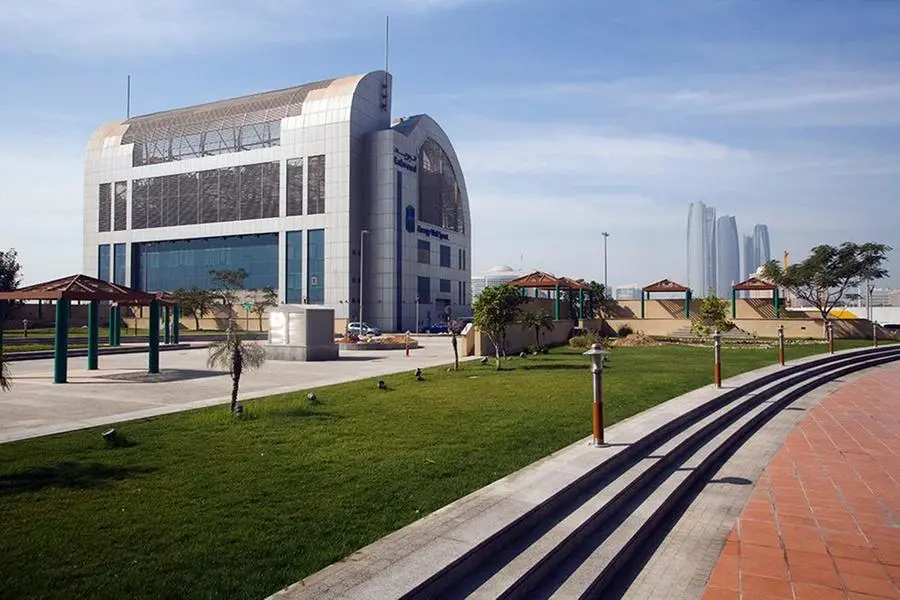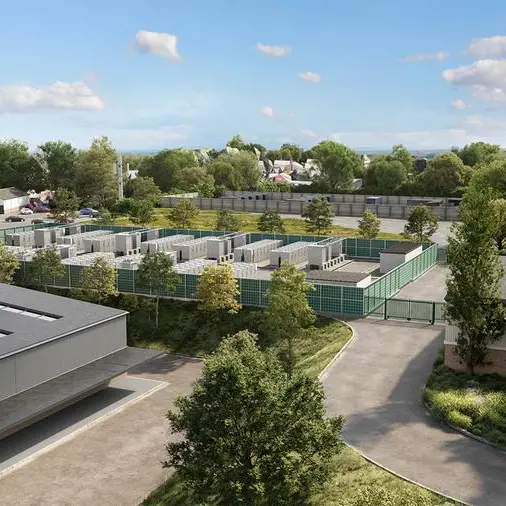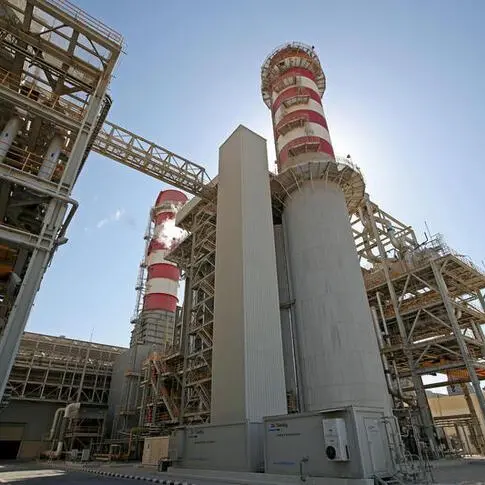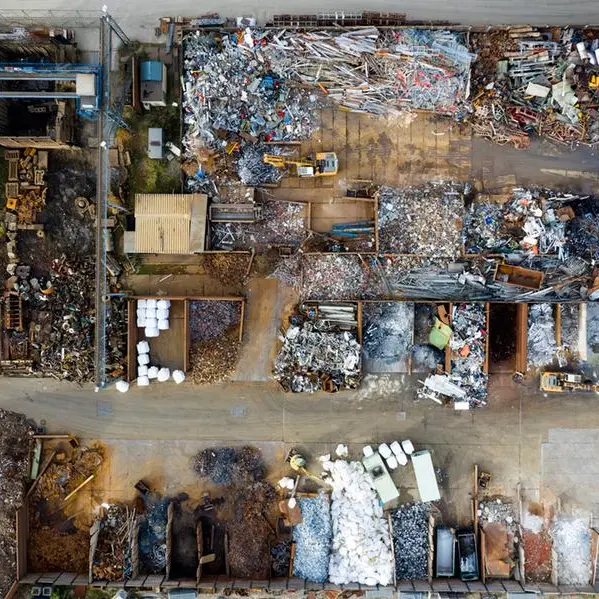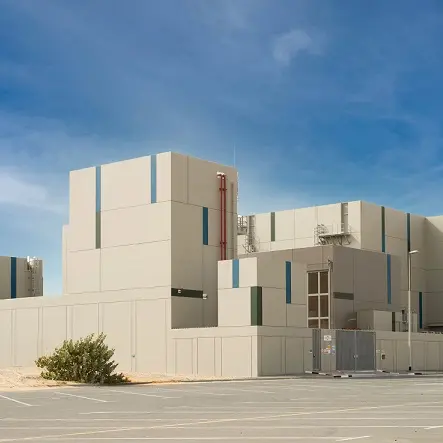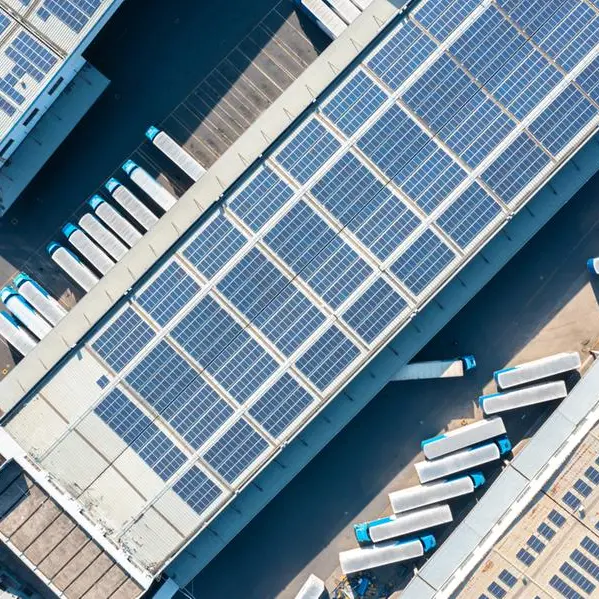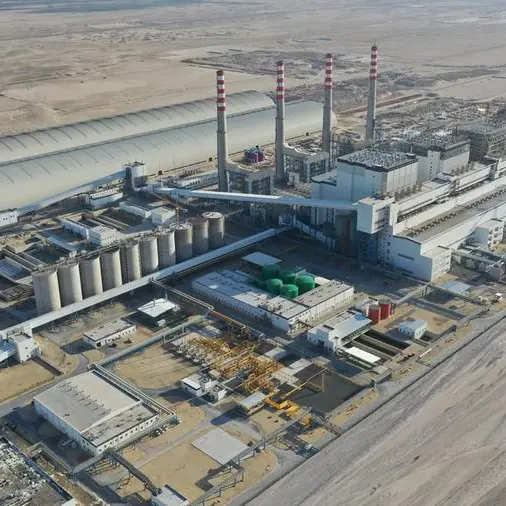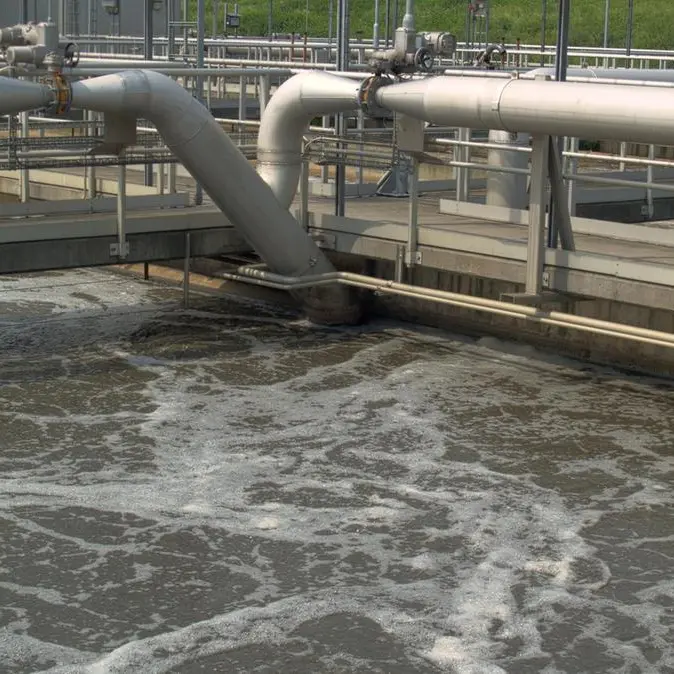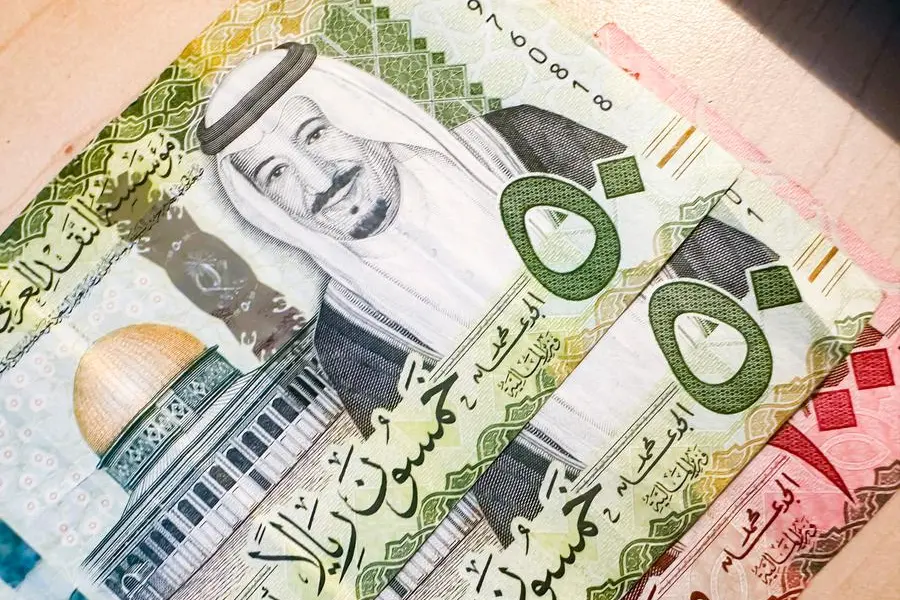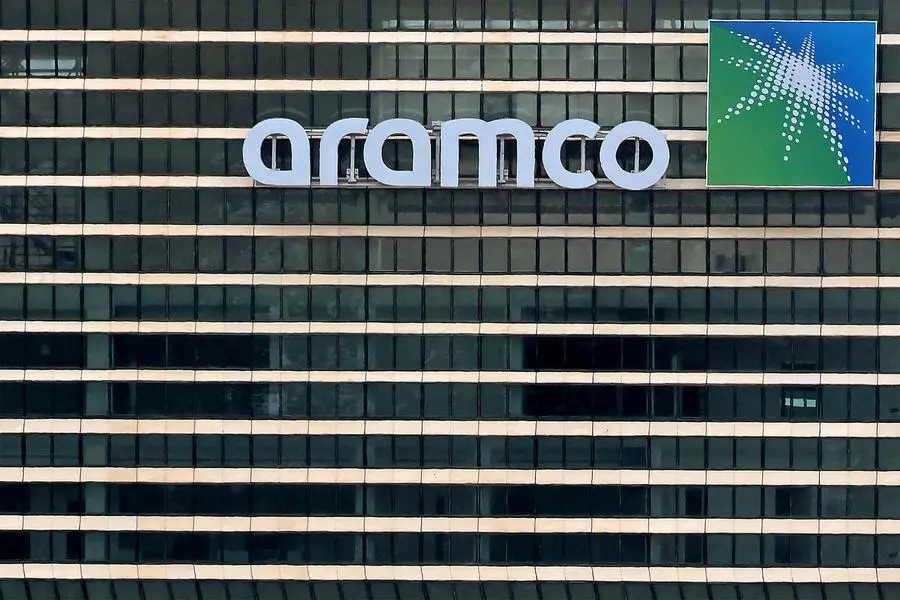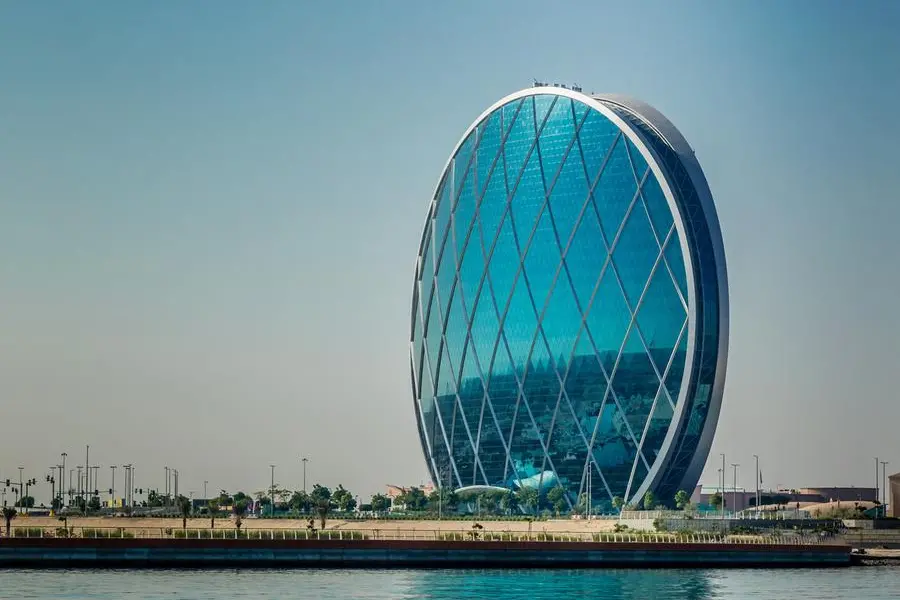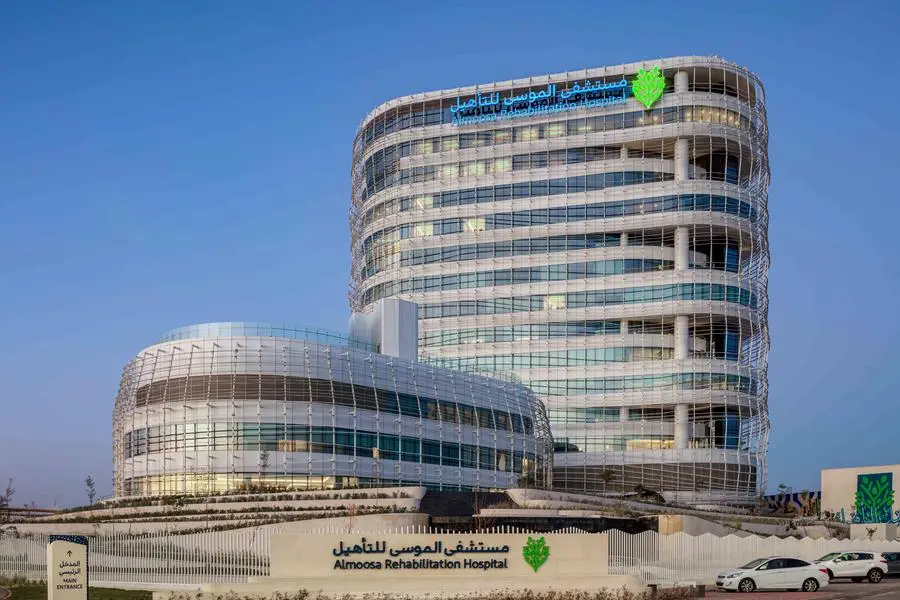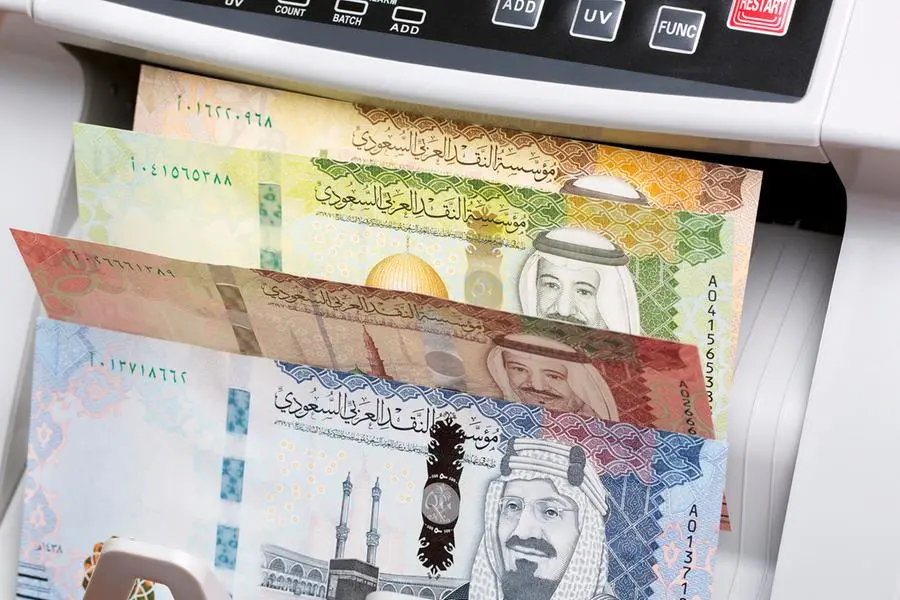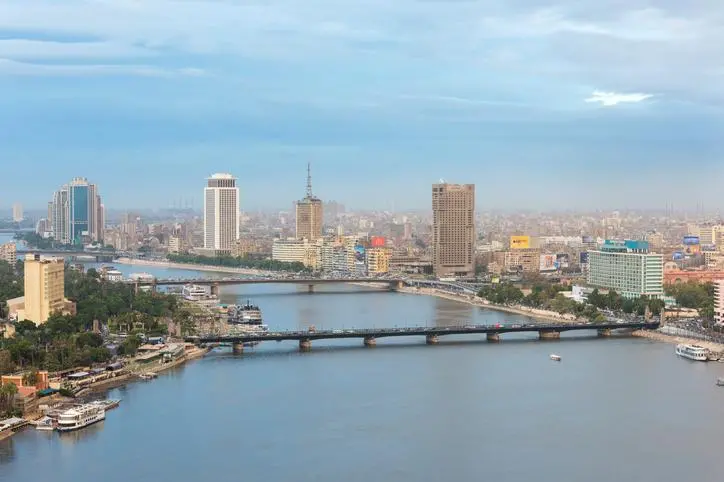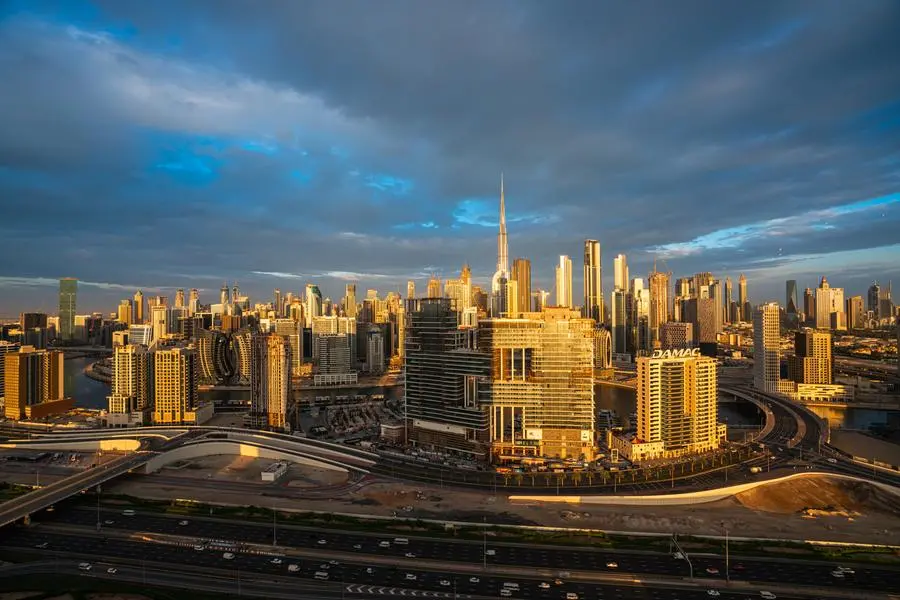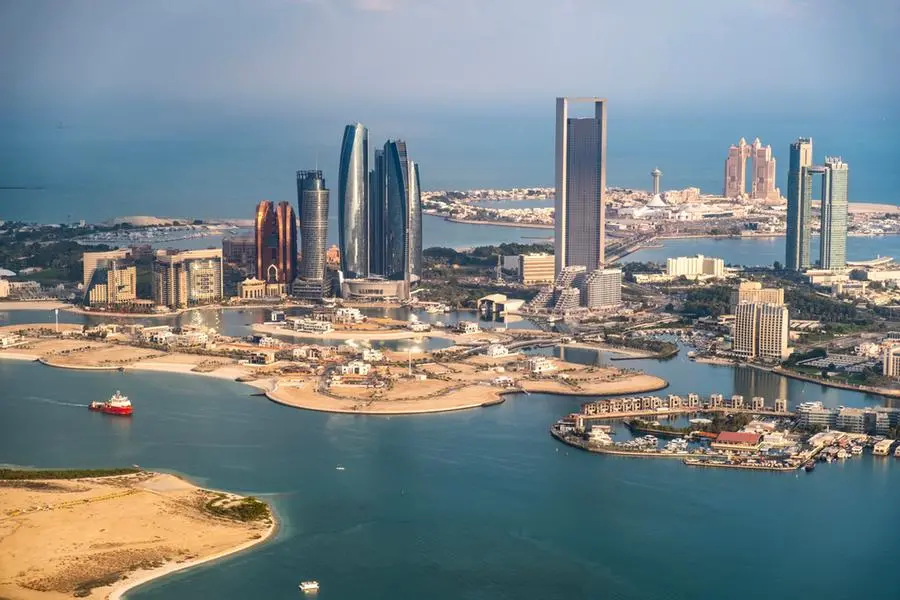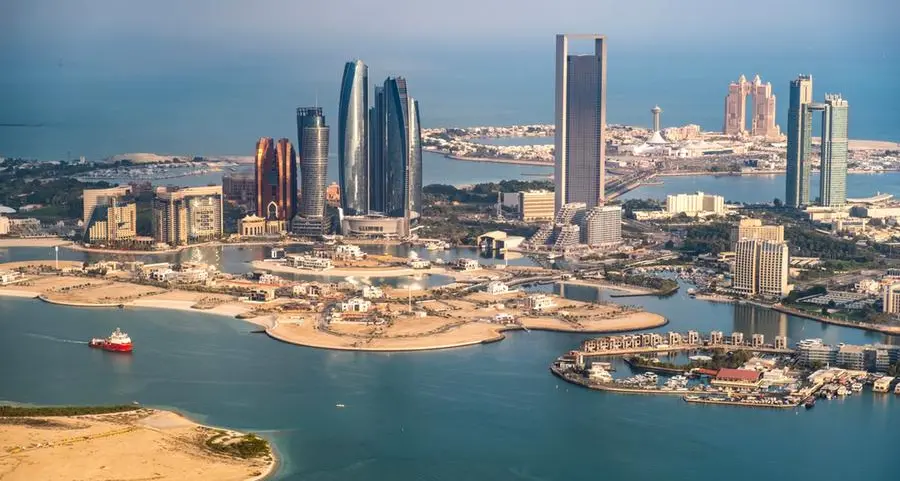PHOTO
More than 250 delegates including senior government officials, project owners, developers, utility suppliers, industry experts and key stakeholders participated at day one of the highly anticipated Mena District Cooling Projects Conference that started in Dubai on Tuesday.
The two-day event discusses project opportunities worth $15 billion (Dh55 billion), or 10 per cent of the $150 billion global district cooling market. The conference takes place at a time when the district cooling sector is expanding at a fast pace in the UAE, GCC and the rest of the Middle East and North Africa.
The UAE’s district cooling market is the largest in the Middle East and is growing at a faster pace propelled by climate conditions and increased infrastructure spending. Many businesses in the region are adopting district cooling systems due to cost-efficiency and long-term service.
At the Mena District Cooling Projects Conference, more than 25 international and regional experts are gathering to discuss the current market outlook, opportunities and challenges in the region’s district cooling industry — that is becoming more popular due to its energy efficiency. More than 20 leading organisations from 10 countries are showcasing their products and services at the conference through an exhibition.
The event is being attended by officials of civic bodies such as municipalities, utility providers, utility operators, contractors, sub-contractors, materials suppliers, consultants, engineers, regulatory bodies and developers, etc. Participants at the conference are provided with enormous networking and business opportunities, many have secured businesses around the latest projects that are currently in early stage of execution.
The speakers for the event comprised high-profile industry leaders including Leila Noubough Nasr, District Cooling Regulation senior specialist, Department of Energy; James Grinnell, head of Water, Regulatory and Supervisory Bureau for Electricity and Water of Dubai (RSB); Suliman Al Khliwi, managing director, Saudi Tabreed; Abobaker Al Hadrami, general manager (LCCSO)/ O&M director, Marafeq Qatar; Ezzeddine Jradi, chief transformation and business excellence officer, Emicool; Fares Ahmad, general manager, Emaar District Cooling; and many other industry leaders.
With the net zero emission target announced by the international community by 2050, most countries in the Middle East are now racing to install new district cooling plants to reduce their carbon emissions. Following the footsteps of the UAE, Saudi Arabia, Bahrain, Qatar, Oman, Kuwait, Egypt and other countries are initiating a large number of district cooling projects across the region — that will keep the contractors and subcontractors busy for the next 15-20 years, experts said.
“Saudi Arabia spends a large amount of energy to produce 60,000 MW electricity to power the economy, of which 60-70 percent goes into air-conditioning. However, we are now increasing the district cooling supplies to reduce our dependency on energy and make the sector more environmentally friendly and sustainable,” Suliman Al Khliwi, managing director of Saudi Tabreed, said.
He said, Saudi Tabreed, which has a capacity to produce 326,350 refrigeration tonnes (RT) of cooling in five long-term concession areas, has recently won new concession areas to supply district cooling.
“We have delivered SR1.75 billion worth of capex savings in Saudi Arabia. The district cooling market is expanding in Saudi Arabia where lots of new concession areas are coming up for all the district cooling providers. It is an exciting time for all of us,” he said.
Leila Noubough Nasr, District Cooling Regulation senior specialist at Abu Dhabi Department of Energy, said, the government has put a sound regulatory environment for the district cooling sector in the emirate. “We have so far issued four licenses with 230,000 RT licensed capacity in the emirate. One of the key achievements has been reduced consumption charge for the residential end-users.”
Fares Ahmad, general manager of Emaar District Cooling, said his company has commissioned a new district cooling plant that produces cooling through air — utilising new technology. “Due to the new technologies deployed in our plants, we are currently offering the best cost efficiencies to the customers across our network and as more and more buildings come up within the concession areas, the efficiencies will improve,” he said.
The goal of this conference is to find ways to make district cooling more sustainable and efficient. There are lots of opportunities in improving plant efficiency through energy retrofits, digitalisation, modernisation, technology incorporation, reducing the usage of potable water, etc.
District cooling is, by far, the most energy-efficient way to cool buildings in arid environments. High reliability and increased energy efficiency are a few of the paramount features offered by district cooling systems which will boost the business trends. It is ideal for large establishments such as airports, commercial buildings, university campuses, and residential towers. The technology relies on a centralised cooling plant, which facilitates cooling within its grid through a network of the underground piping system carrying chilled water.
District cooling systems use 50 percent less energy than air conditioners, thereby decreasing initial capital investment and maintenance costs. The equipment can operate smoothly for up to a 30-year span, enhancing technology adoption. District cooling adds enormous value in terms of improving building space utilisation, reducing noise pollution, reducing refrigerant use and most importantly reducing the cost of cooling substantially.
The discussion topics for the Mena District Cooling Projects Conference included the future landscape of district cooling in Mena region, modernisation of district cooling plants; overcoming the challenges in energy management of district cooling, challenges in the construction of a district cooling plant; digital transformation in district cooling that includes key issue such as — the digitalisation of district cooling plants to drive financial and operational competitiveness; joint ventures, mergers and acquisitions in district cooling industry and lots of new project announcements and updates on existing district cooling projects etc.
The conference started with a demonstration on ‘The future landscape and regulatory frameworks of district cooling in the MENA region’, followed by an exclusive presentation on projects updates by Suliman Al-Khliwi, Managing Director, Saudi Tabreed and then an exclusive presentation on projects updates by Abobaker Al Hadrami, General Manager (LCCSO)/ O&M director, Marafeq Qatar.
Leila Noubough Nasr presented the overview of the Abu Dhabi District Cooling Regulatory Framework, followed by a speech on ‘Regulating efficient cooling’ by James Grinnell, Head of Water, Regulatory and Supervisory Bureau for Electricity and Water of Dubai (RSB). Then, ADC talked about AI in District Cooling US Chiller Services International’s presentation.
The first day’s panel discussion is about ‘Improving the contribution of district cooling to sustainability’, where Ezzeddine Jradi, Chief Transformation and Business Excellence Officer,Emicool Fares Ahmad, General Manager, Emaar District Cooling and Steve Lemoine, Chief Executive Officer, Dalkia were panelists.
Kiran Dharwadkar, national sales manager, Armstrong Fluid Technology, talked about Plant Intelligence and Optimisation Opportunities in DCPs, Ahmed Nabil El-Kasaby, Director of District Cooling Department, Allied Consultants Limited talked about Overcoming the challenges in energy management of district cooling plants followed by Presentation by Taqeef Refrigeration and Air Conditioning Trading L.L.C and GRFN.
The first day of the forum ended with a closing remark by the Conference Chairman and Networking luncheon with an exhibition tour.
Copyright © 2022 Khaleej Times. All Rights Reserved. Provided by SyndiGate Media Inc. (Syndigate.info).
